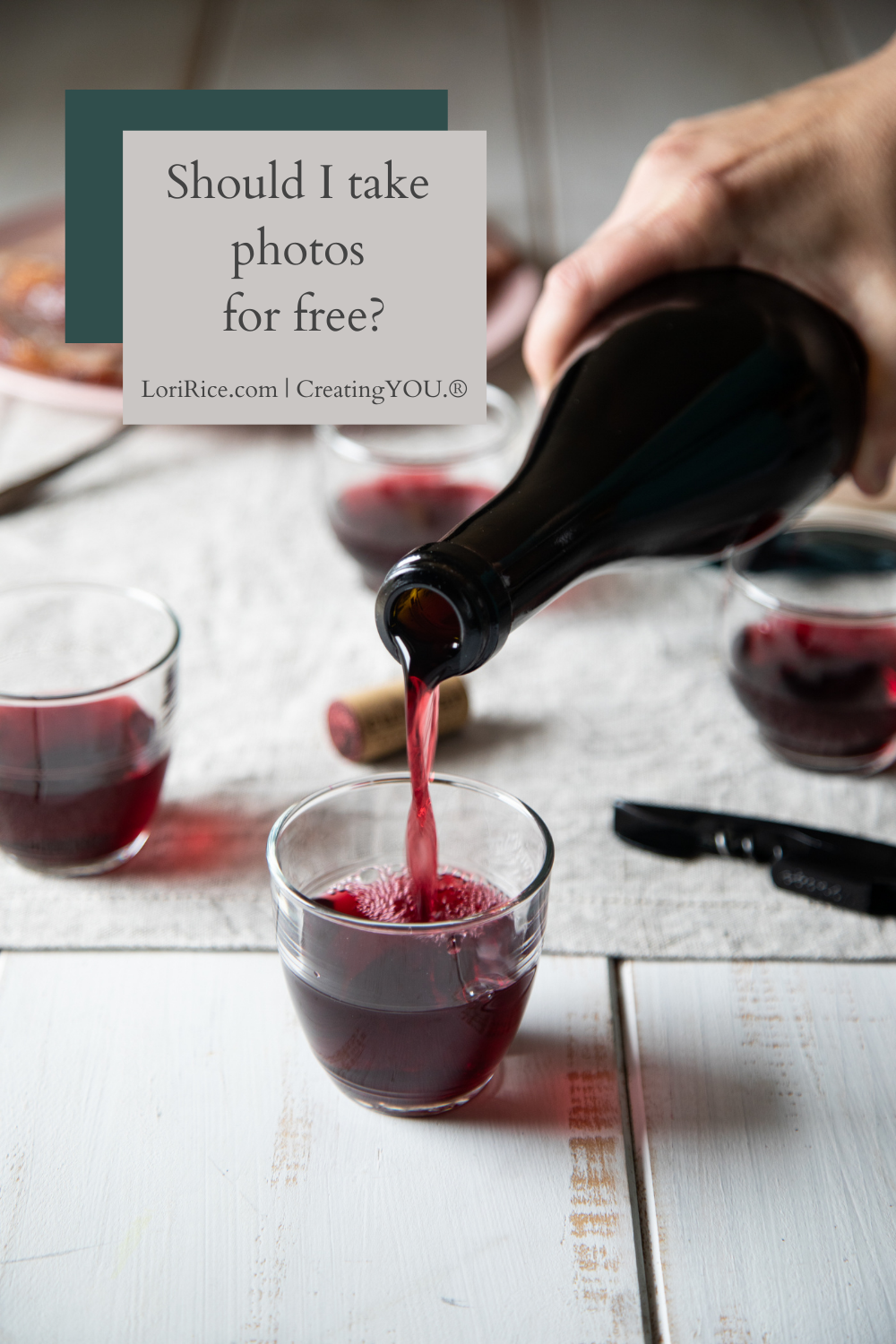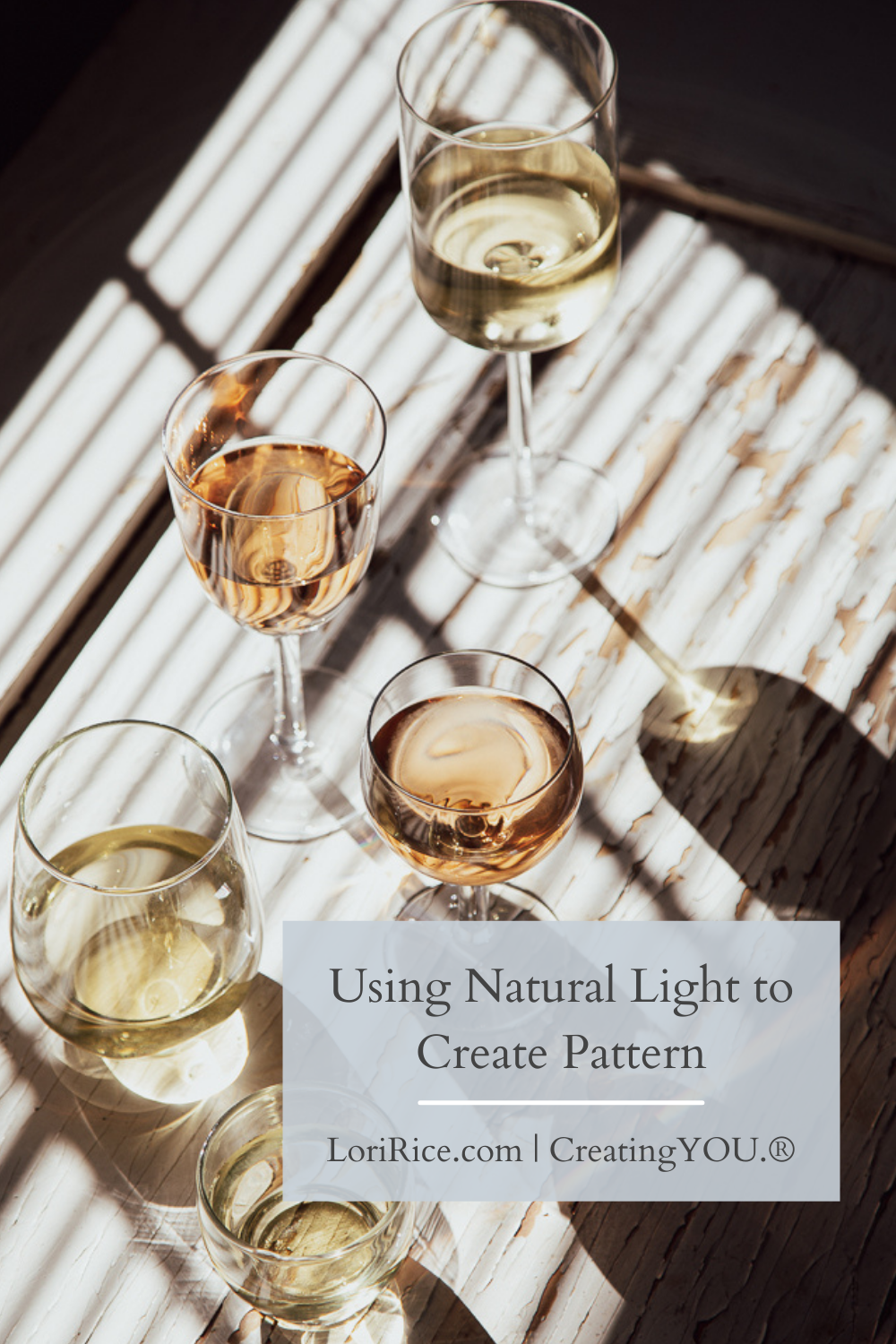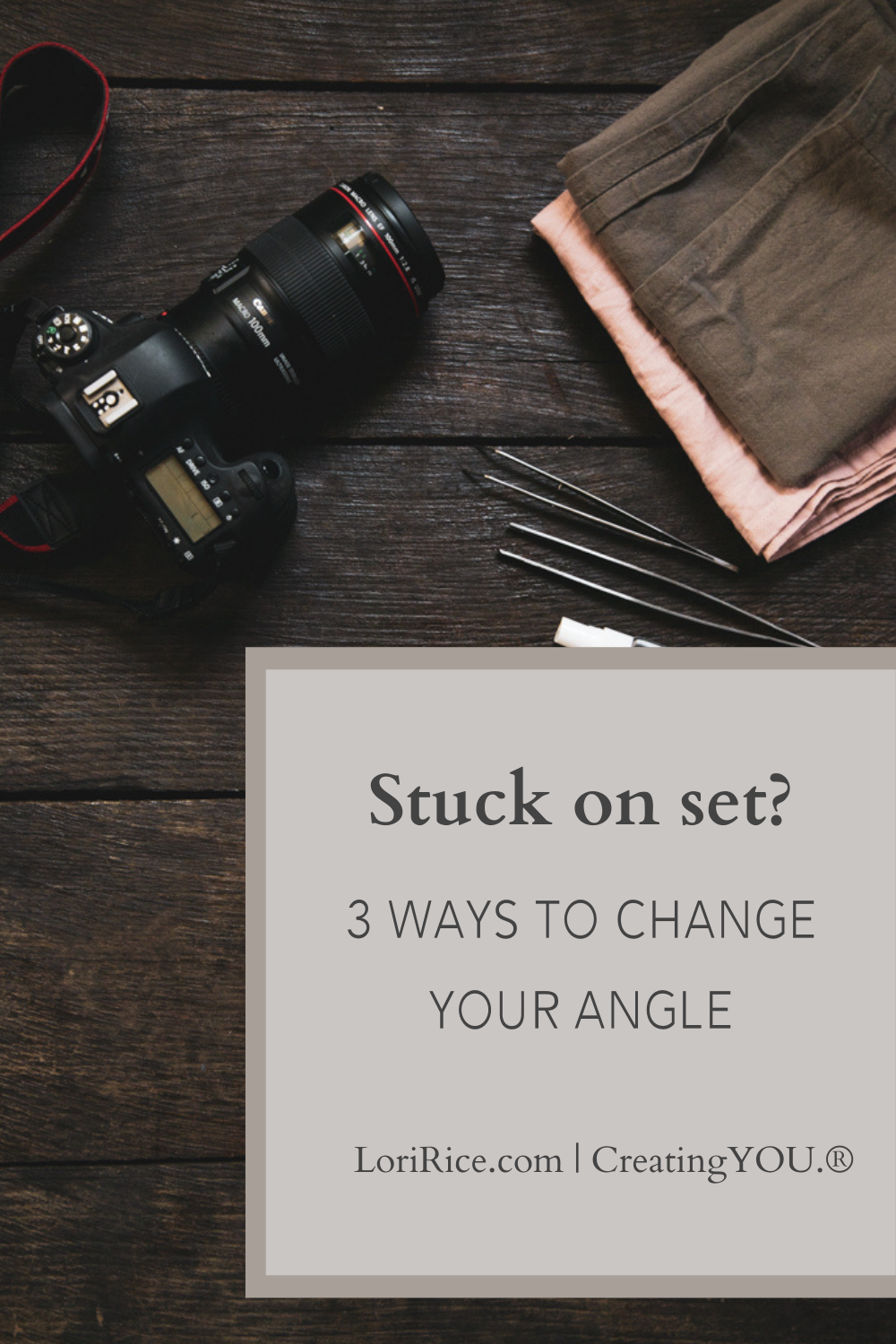My recent commissioned work for the California Dried Fruit Coalition.
Objective: Styling and photography of industry ingredients - dried figs, dates, raisins, and prunes for use in website design and internal and external collateral.
My recent commissioned work for the California Dried Fruit Coalition.
Objective: Styling and photography of industry ingredients - dried figs, dates, raisins, and prunes for use in website design and internal and external collateral.


It’s difficult to escape.
Even if you plan to only photograph for your own business with no intention of taking photos for others, as your skills grow, chances are you’ll be approached to snap a few photos in exchange for something other than actual dollars.
I’m sure you’ve heard it before:
Cookies don’t pay the bills.
Charge what you are worth.
Don’t work for free.
After 12 years of doing this work, I still do photo trades. But what is worth a trade might surprise you. I also think this is a decision that you and you alone can make. You don’t owe anyone an explanation.
In this video, we cover:
The one thing I ask myself when a photo trade is on the table.
When it’s a yes and when it’s a no.
More importantly why it’s a yes or no.
Something to consider instead of working for free to build your portfolio.

I distinctly remember sitting in a conference presentation by a well known food photographer when I was just starting out, about 10 years ago.
Eager to learn, I was listening closely and the one thing that stuck with me was his view that once you could create a photo (the light, the composition, the angle) and then replicate that in any setting, you could consider yourself a professional.
I took it to heart and worked toward that goal. And probably six to 12 months later, I got there.
Then I spent the rest of my career doing everything I could to catch moments that cannot be replicated. The exact opposite of what this person’s standards were for calling myself a professional photographer.
And it’s so much more fun and fulfilling.
I’d much rather create a photo that incorporates the unique things I have to work with during a moment that cannot be done again in the exact same way.
And if you are shooting for yourself, there’s nothing holding you back from doing the same.
It’s why I absolutely love creating pattern with natural light.
There are two key elements when it comes to using natural light to create patterns in your food and product photos.
You have to study your light, find the right time of day that provides the detail you desire whether it’s harsh or soft, and understand that it will change with the seasons.
You have to stay open to finding unexpected options for what you use to create the patterns.
One is simply window panes. I’m fortunate enough to have these on my studio windows, but you can easily create a similar look by putting strips of masking tape on the window in a grid pattern.


Another option is to lower your blinds and play with different open angles. I love using blinds to my advantage instead of viewing them as a pain in the rear end (which they can be at times!).

One of my absolute favorite options is creating pattern with objects. I have a vase with dried eucalyptus in the studio. I set that in the window for these shots.


If you don’t have a ledge, you can tape stems to the window. Plant leaves like monsteras are another option. And I’m sitting in an Airbnb right now looking at a napkin holder that would create a really cool pattern. Object options are endless so always have your eye out!
Finally, lace curtains or a piece of lace material. This photo was created by hanging it in the window. Again, you can tape it up, too.
Whether your days are growing longer or shorter, take advantage of natural sunlight and see what you can come up with for creating shadows and patterns.
Did you know that I send emails about three times a month with helpful tips just like this that often never make it onto the blog? Don’t miss them!
Watch right here or read below!
I love flooring. I especially love how it can create a scene for photos when you shoot at a high angle or overhead and catch just the tiniest bit of it in a shot.
But for years, my floor was brown shag carpet. Not exactly the kind of thing that makes you ooh and ahh over a photo.
Even now, I would have loved to have some rustic concrete or hardwood in my rental studio, but I had to work with the landlord for the most affordable option. And that happened to be boring office carpet.
The solution? Using my favorite surfaces as stand-ins for flooring. And they don’t have to be that big. It just takes a little creativity and movement to capture some fun images and angles.
Let me show you some examples.
I love my 2x3 vinyl surfaces from Poppy Bee Surfaces. Last week, I was photographing artichokes and I really wanted to get a shot on the corner of the live edge table my husband and I made a few years ago. But, again, boring office carpet.
So I set this up:

When shooting overhead I had to adjust myself.

Too high and I catch the edge of the carpet and the rug. Too low and I caught the edge of the surface at the bottom. But zooming in and centering myself with the camera gave me the third and final shot.

Bigger boards take a bit less work, but you still have to capture the right angle. I shot this scene just last week. Laying my 4 x 4 pallet wall surface on the ground allowed me to capture these sangria shots.

And this shot you saw just last week in the email about Changing Your Angle. This is a vertical of the same scene. The chair is set on a sheet of black painted canvas. This is what it looked like before I cropped and edited for the final image on the right.


The cocktail should look familiar, too. This one doesn’t use a surface at all, but a scuffed and worn-out black foam core board.

I hope this inspires you to incorporate some interesting flooring into your shots soon!

When you get stuck and the shot isn’t what you were hoping for, it’s time to approach the issue just as you would any other challenge you encounter in life.
Look at it in a different way.
A simple shift to your angle changes your perspective and results in a new photo that you’ll likely fall in love with.
Peek over.
Look through.
Look up.